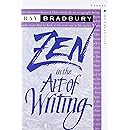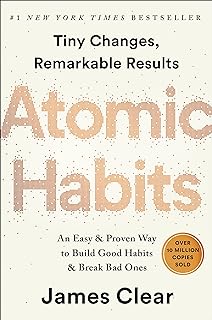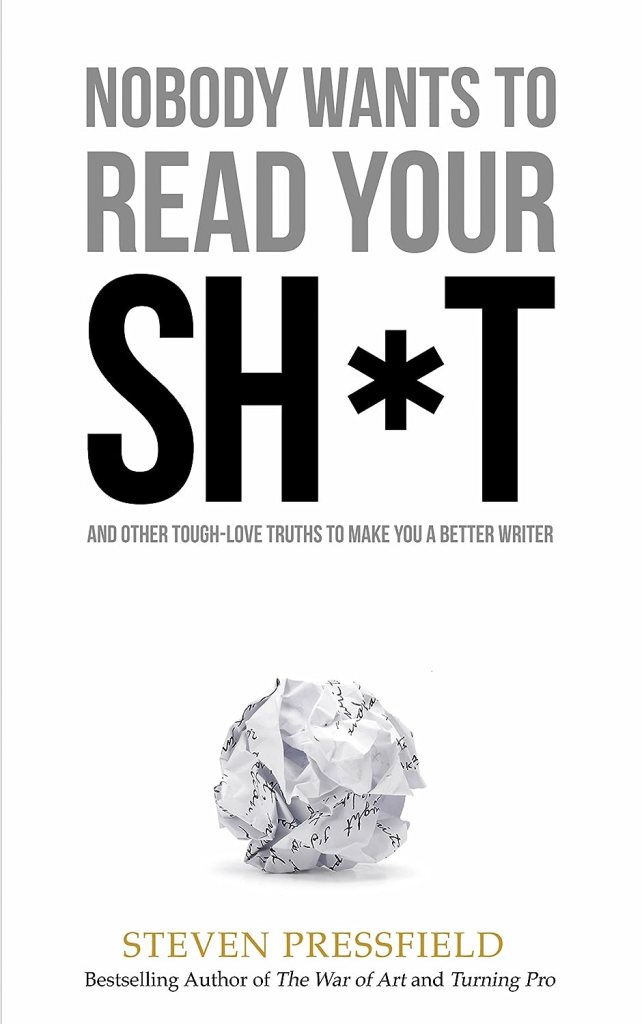In October 2023, I worked with a client on an article entitled “Addressing industrial wastewater management strategies” for Environmental Science & Engineering Magazine. The article discussed the creation of industrial wastewater and the importance of wastewater management. Water is a limited resource, and government regulations are becoming stricter about wastewater disposal and management, so it’s important to pay more attention to this matter.
Here are some of the topics covered:
- Changing market conditions
- Most municipal governments own and operate their wastewater systems, and set their own standards for wastewater management. They can also pass their own sewer use by-laws.
- …companies must treat their industrial wastewater before reusing it or releasing it into the environment. This means setting up their own wastewater treatment facility or engaging with a third party to treat their industrial wastewater.
- Water use and wastewater management play a critical role in companies’ environment, social, and governance (ESG) and corporate social responsibility (CSR) performance.
- Strategies for wastewater cleaning
- Companies can make better use of their existing technology to adapt to process changes. … tertiary filtration… involves polishing the final effluent prior to discharge into the environment.
- Decanter centrifuges are effective in separating solids from liquids within a single continuous process. They are commonly used for the sludge thickening and dewatering process in municipal and industrial wastewater treatment plants.
- Spiral heat exchangers recover the heat energy from the wastewater, which can then be reused within the plant (e.g., to maintain the temperature of biological digesters).
- Challenges and future outlook
- …companies can use membrane bioreactors to “polish” their wastewater to a very high level, making it completely clean when it is discharged into the natural environment.
- …per- and polyfluoroalkyl substances (PFAS), which are also known as microplastics… have been found in many major sources of water across Canada, including the Great Lakes






